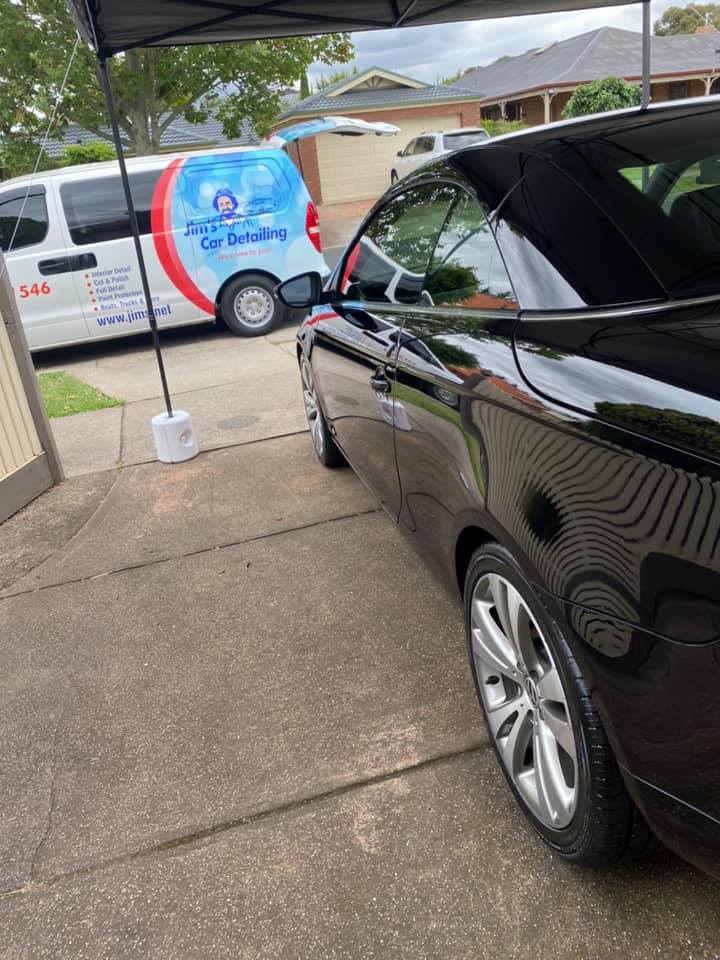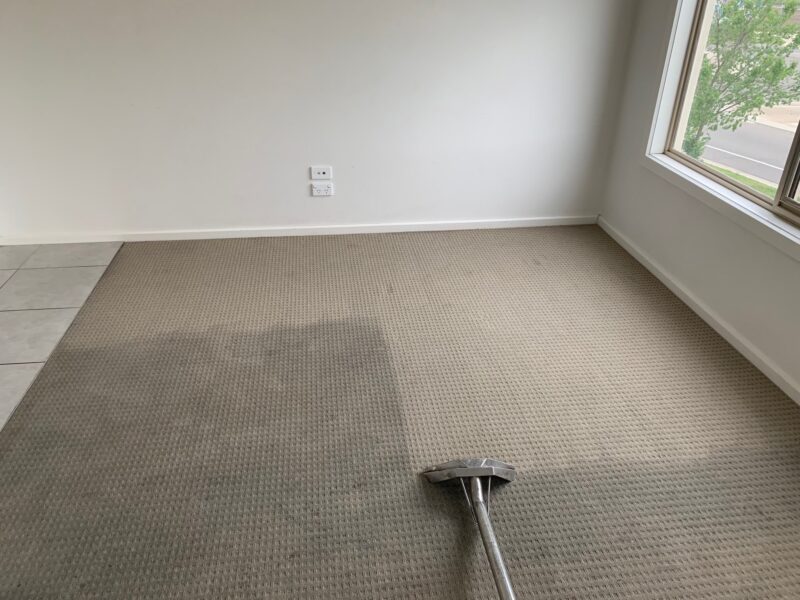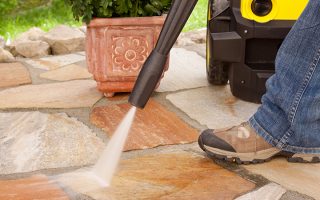Everyone loves the look and feel of a brand-new car, right? Now imagine if your car always felt new, even after months or even years of use. The key is car washing and detailing! If you’re not familiar with the term, car detailing is a process that helps keep your vehicle in top condition (cosmetically). It comprises several tasks, typically performed by experts, that restore your car’s showroom look.
Though many opt to leave the car washing and detailing to the professionals, there are some tasks you can take on at home. If you don’t know where to start, no problem. We at Jim’s Car Detailing are happy to offer a simple guide on how to wash and detail your own car.
Wash the wheels first
You should always start your cleaning process by washing the wheels. The wheels are almost always the dirtiest part of any vehicle. They’ll probably require more time, attention, and scrubbing than the rest of your car, so it’s best to get them out of the way first. You may need to refill your buckets with water and soap as you clean to keep everything fresh.
Clean the exterior
Once your wheels are clean, it’s time to wash the rest of the exterior. Start by rinsing each surface to remove any heavy debris. Then, proceed with washing the surfaces using water, soap, and a wash mitt. Remember to start with your roof, then your windscreen, upper sides, rear end, front bumper, and so on. Following this order will help best preserve your car’s paintwork. And don’t forget the windows!
Cut and polish
A professional cut and polish service includes more than just cleaning your wheels and wiping down the vehicle. If you want your clean to be expert-quality, you can do a clay bar treatment to remove dirt and enhance the paintwork.
You should also perform a single-stage cut (with a buffer) and polish to remove light scratches. This can seriously elevate the look of your vehicle, but it’s one of those tasks you may want to leave to a professional to avoid accidentally damaging something.
Vacuum the seats and floor
If you look inside your car right now, you’ll probably notice crumbs, dirt, and small bits of debris on the floor and in the seats. To remove these, professional car detailers have a vacuum cleaner specially designed to access hard-to-reach spots.
You may have a difficult time if you attempt to use a regular vacuum on the inside of your car. So if you plan on cleaning and detailing your car on your own from now on, a hand vacuum may be a worthy investment.
Clean the interior
Next, you’ll want to shampoo the upholstery and polish all the glass. For the best results, cleaning the window from both the outside and inside is essential.
Have other questions about how to properly wash and detail your own car? Our FAQs below should offer all the answers you’re looking for, from washing your car like a professional to making your car shine like glass!
Jim’s Car Detailing will make your car look brand-new
There are several reasons to choose Jim’s Car Detailing for your mobile car detailing needs. With our ultimate detail from $325 service, you can customise your car cleaning and detailing to suit your budget. You could also opt for a full interior deluxe car detail or our very budget-friendly $149 mini detail cleaning.
If you don’t have a typical vehicle, don’t worry. Our fully trained, fully insured, and police-checked staff can perform expert detailing for trucks, caravans, boats, and more. If you’re interested in scheduling our services and enjoying our Jim’s Work Guarantee, please don’t hesitate to call 131 546. You can also request a free quote at your next convenience.
FAQs
What is the correct order to wash a car?
As stated above, you should always start by cleaning your wheels. However, some prefer to start with interior cleaning and detailing, as this gives the seats and carpets more time to dry out. If this idea is more appealing to you, there’s nothing wrong with taking this route instead.
If you want to wash your car like a pro, however, you should start with the wheels and then wash the rest of the car’s exterior from top to bottom. That means starting with the roof, the hood, the rear, the upper halves of both sides, and then the lower halves of both sides. Once you finish cleaning a section, take a moment to rinse it off with just water. If soapy areas dry without being rinsed, your car could end up covered in soap stains.
How do you wash your car like a professional?
Here are a few tips on washing your car like a professional!
- Rinse exterior surfaces before cleaning them.
- Wash the wheels first.
- Invest in a microfibre wash mitt.
- Avoid circular motions when washing, as doing so may lead to swirl marks.
- Clean the car from top to bottom.
- Wash quickly so that soap doesn’t dry on the paintwork.
Another tip that perhaps requires more information is to avoid washing your car on a particularly sunny day. If you wash your car when the sun is out, the heat can cause the exterior to dry faster. If you’re not moving quickly enough, this can cause soapy spots to dry before you have a chance to rinse. This can lead to unattractive stains or swirl marks.
How can I wash my car without swirl marks?
Swirl marks are mostly unavoidable when washing your own car. However, there are some techniques you can use to minimise them. First, you should only use quality soap and wash mitts. You’ll also need to rinse every surface before you wash it to remove debris. Finally, try to move your mitt in straight lines rather than circular motions, as the latter technique can result in unsightly swirl marks.
How do I make my car shine like glass?
To make your car shine like glass, you’ll need to apply a good polish. This will help smooth out scratches and remove minor blemishes on your vehicle’s paintwork. After applying the polish, you should add a protective layer of wax for good measure. Car wax is what really gives a vehicle that gorgeously glossy shine.
What do car detailers use to clean seats?
Expert car detailers alter their approach depending on the type of car seat. For leather car seats, many wipe them down with cleaning wipes or use a mild soap with a damp cloth. Pros will also follow up with a protectant to condition the leather.
For cloth car seats and vinyl upholstery car seats, an all-purpose cleaner spray will do. Some opt to use carpet cleaning products on cloth seats with more severe stains. Please note, with all of these methods, drying the seats by blotting with an absorbent cloth is the final step. If you’d like to create your own natural cleaning solution, simply mix about a tablespoon of dish soap, a cup of vinegar, and a gallon of hot water into a bucket.



